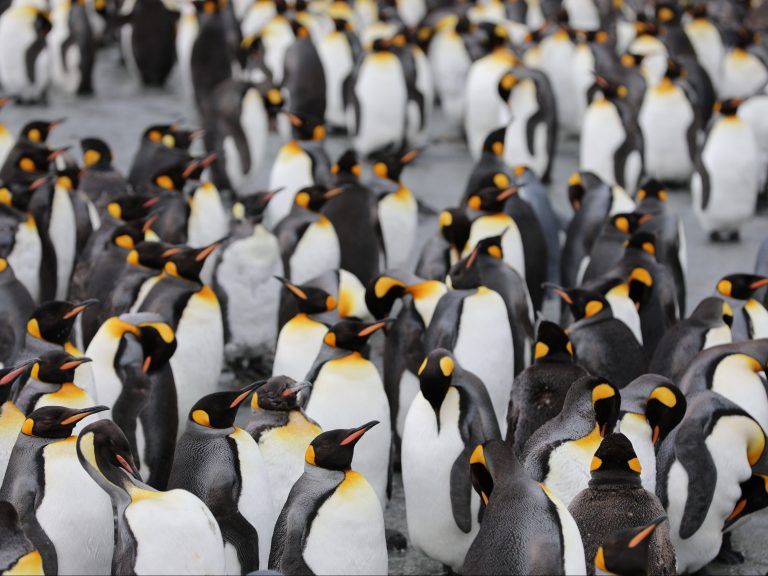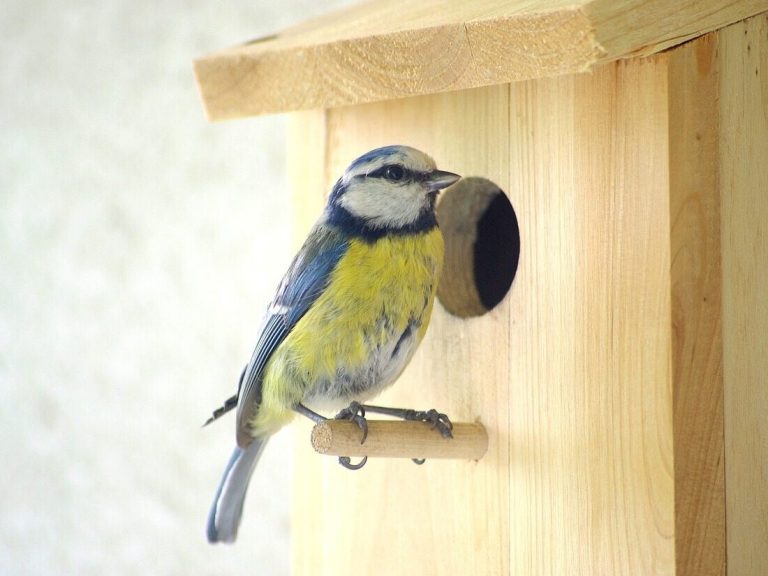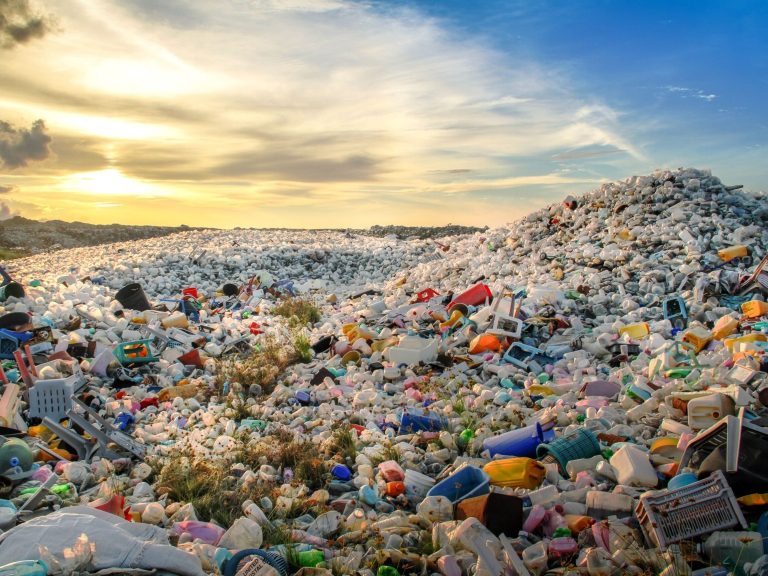What’s next for coral reefs? The forecasts are not optimistic

Fossils of corals that became extinct in the Devonian period may give scientists a clue as to what exactly awaits modern corals and how they can be helped. Preliminary research involving Poles indicates that in the distant past, corals living in symbiosis with single-celled algae were most susceptible to environmental changes.
The forecasts for modern coral reefs are not optimistic. For example, reports presented during the Ocean Sciences Meeting 2020 conference in the USA show that due to ocean warming and acidification, virtually all coral reefs may be destroyed by 2100. Over the next 20 years, as many as 70-90 percent may suffer a similar fate. reefs. More and more often they succumb to the so-called bleaching, which involves the death of symbiotic algae living in them, which stops the growth of the corals themselves and, as a result, the reef dies. Cooperation with algae is crucial for corals. By absorbing carbon dioxide from the microenvironment around the coral for photosynthesis, algae facilitate the formation of its skeleton, but also feed the coral with sugars created during photosynthesis. The coral, in turn, provides the algae with, among others: shelter.
The greatest development of coral reefs in the history of our planet lasted during the Devonian period, i.e. the period from approximately 419 to 358 million years ago in the history of the Earth. However, at the end of this time – approximately 372 million years ago – coral reef ecosystems also collapsed as a result of the great extinction of species that occurred at that time. It took a long time: several hundred thousand years, but then the corals became almost completely extinct.
Today, the remains of these corals found in various parts of the world are studied by paleontologists. One of them is Dr. Hab. Mikołaj Zapalski from the Faculty of Geology at the University of Warsaw, who examined such remains, e.g. in the Świętokrzyskie Mountains.
Recently, as part of the Program named after Bekkera conducted research in Australia together with specialists from James Cook University in Townsville and the Reef Research Center there. In Queensland – as a result of this cooperation – he discovered a previously unknown type of Devonian reef, similar to modern coral reefs. Research on an unusual, extremely shallow-water Devonian reef dominated by corals was published in the prestigious journal “Coral Reefs”.
Of the 100 species of Devonian corals whose remains have been discovered over many years, including: in the Świętokrzyskie Mountains and the Ardennes, a team of researchers including Dr. Zapalski tried to select those skeletal elements that also occur in modern corals.
Most reefs have a good chance of dying out
“We wanted to see if there was a feature or set of features that caused ancient corals to experience particular stages of extinction. Do any of the skeletal features predispose corals to survive or die out? We also wanted to see what the scenario for modern reefs could be based on the Devonian scenario and show which of the groups currently creating reefs have a potentially greater chance of surviving environmental changes, and which are more exposed to them – explains Dr. Zapalski in an interview with PAP.
– It is known that some of the physiological mechanisms of corals living in the Devonian were different – says the researcher – but there are also similarities. For example, they created skeletons similar to modern ones. Both prehistoric and modern ones are made of calcium carbonate, but of other forms. Devonian ones are made of calcite and modern ones are made of aragonite.
– By collecting data on skeletal structures, scientists find various analogies between modern and Devonian corals, which may suggest – says Dr. Zapalski – that environmental changes similar to the current ones influenced how they lived, grew and formed their skeletons.
Preliminary results show that the most susceptible to environmental changes were the so-called photosymbiotic corals, i.e. those living in symbiosis with single-celled algae – those that build almost all coral reefs in the world. Those that could remain algae-free had better survival and were less susceptible to environmental fluctuations. Corals with large polyps, several, sometimes 10 mm in diameter, also coped better with temperature increases.
Today, virtually all reefs are built by photosymbiotic corals. Most of the reefs we know, unfortunately, have a good chance of dying out. Nowadays, there are also corals that are not photosymbiotic, but they live in environments at great depths of 200 – 400 meters, where light basically no longer reaches and in cold seas, e.g. off the coast of Norway – describes the researcher.
The environmental changes that corals have faced and are facing include, first of all, a significant increase in temperatures. In the Devonian, they reached above 32 degrees C. – The extinction of corals at the end of the Devonian was correlated with it – describes the researcher. Although the ocean waters in the Paleozoic were slightly different in chemical composition from today’s, much more acidified (which also favors the erosion of coral skeletons), the environmental threats to corals were to some extent similar.






